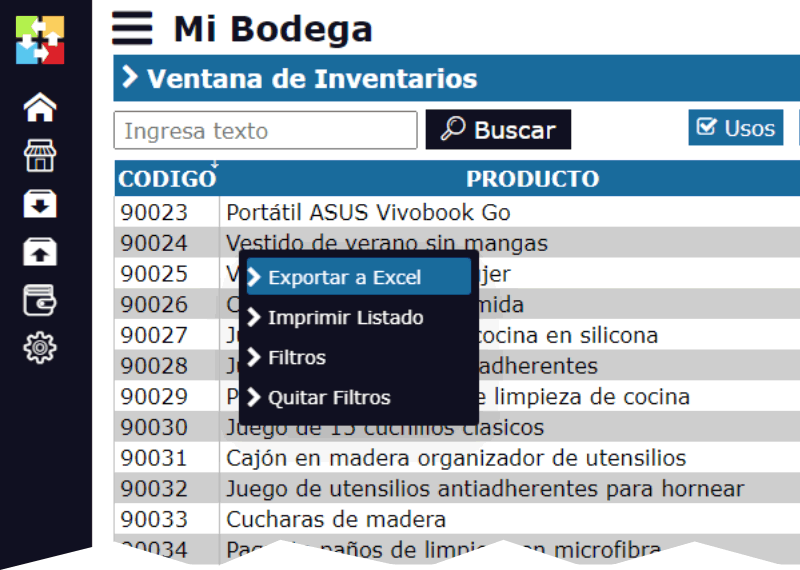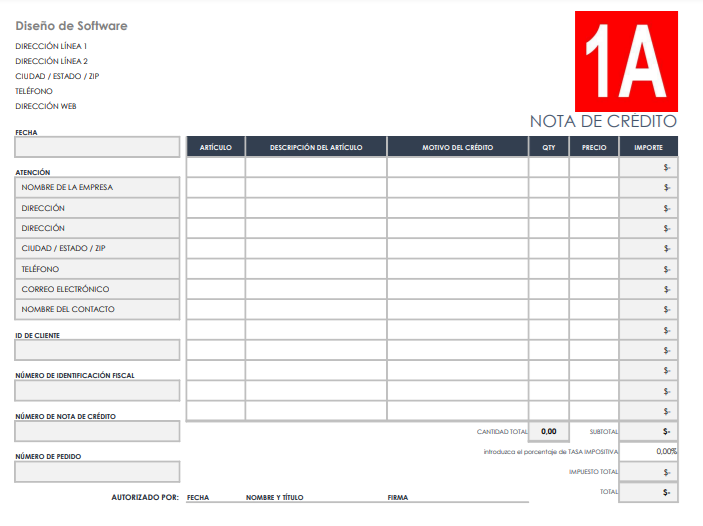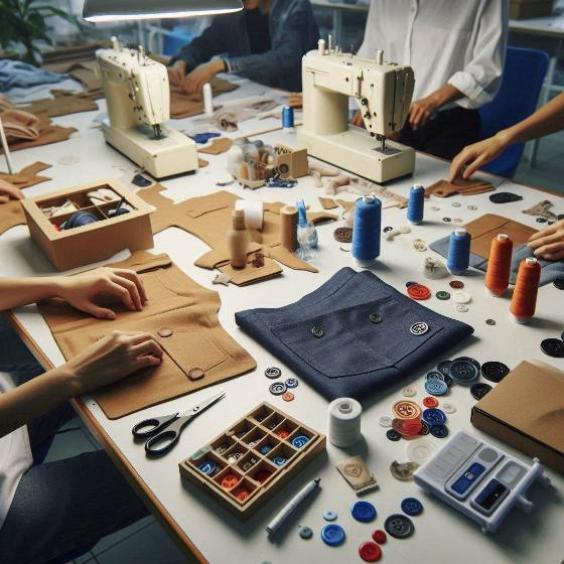Optimizing Inventory in a Bar or Liquor Store
Managing the inventory of a bar or liquor store efficiently is crucial to ensure you always have the necessary products in stock, minimize losses, and maximize profits. A well-managed inventory also allows you to offer better service to customers and make more informed decisions about purchases and promotions. Here are some strategies to improve the inventory of your bar or liquor store.

1. Conduct an exhaustive initial inventory
The first step to improving inventory management is knowing exactly what you have in stock. Conduct an exhaustive initial inventory by counting each bottle, can, and keg in your establishment. Record the information in a spreadsheet or, preferably, in an inventory management software. Make sure to include details such as the product name, size, quantity, and date of acquisition. This initial inventory will be the basis on which you will work to improve your management.
2. Implement an inventory control system
Having an inventory control system is essential to maintain accurate tracking of your stock. You can opt for a manual system using spreadsheets or, better yet, implement an inventory management software specific to bars and liquor stores. These automated systems allow you to register entries and exits of products, generate detailed reports, and establish alerts when the stock of a product is low.
Some key functionalities to look for in an inventory management software include:
- Real-time tracking: To know at all times how many products you have in stock.
- Sales reports: To identify the best-selling products and those with low turnover.
- Low stock alerts: To never run out of essential products.
- Integration with the point of sale (POS): To automatically synchronize sales with inventory.
3. Conduct periodic inventories
It's not enough to do an initial inventory; it's important to conduct periodic inventories to maintain data accuracy. Depending on the size of your bar or liquor store and the volume of sales, you can opt for weekly, bi-weekly, or monthly inventories. During these inventories, compare the registered data with the physical stock to identify discrepancies. These differences may be due to registration errors, theft, or waste.
4. Classify your products by categories
Classifying products by categories, such as liquors, beers, wines, and mixers, will help you better understand the dynamics of your inventory. Within each category, you can subdivide by brands, sizes, or prices. This classification will allow you to analyze sales and product rotation in more detail, facilitating decision-making about which products to keep in stock, which to promote, and which to eliminate.
5. Optimize purchases
Efficient inventory management involves optimizing your purchases to avoid both excess stock and product shortages. Analyze historical sales to predict future demand and adjust your orders accordingly. Consider seasonal factors, such as holidays or local events, that may increase the demand for certain products.
Negotiate with your suppliers to obtain better prices or payment terms. Also, consider the possibility of establishing consignment agreements, where you only pay for the products that you actually sell, reducing the risk of excess stock.
6. Implement the FIFO method
The FIFO (First In, First Out) method is an inventory management technique that ensures that the oldest products are sold first. This is especially important in bars and liquor stores, where certain products may have a limited shelf life or lose quality over time. Make sure that employees place new products behind the older ones when restocking shelves, and train them to always serve the oldest bottles first.
7. Train your staff
Staff play a crucial role in inventory management. Train them to accurately record sales, control portions served, and report any stock issues. Additionally, foster a culture of responsibility where each team member understands the importance of maintaining an accurate and high-quality inventory.
8. Monitor losses and waste
It's inevitable that in a bar or liquor store, there will be losses and waste, whether due to spills, broken bottles, or products that expire. Keep a detailed record of these losses to better understand their impact on your business. Identify the main causes of waste and work on solutions to minimize them. This may include implementing stricter policies on product handling, improving storage, or providing additional training for staff.
9. Analyze sales trends
Regularly review sales reports to identify trends. This will allow you to anticipate the demand for certain products and adjust your inventory accordingly. For example, if you notice that beer sales significantly increase during the summer, make sure you have enough stock to cover that seasonal demand. Similarly, identify products that are not selling well and consider reducing their stock or eliminating them altogether.
10. Improve your relationship with suppliers
Maintaining a good relationship with your suppliers is key to efficient inventory management. Work together with them to ensure a constant supply of products, negotiate better prices and terms, and gain access to new products or promotions. A reliable supplier can help you avoid stockouts and ensure that you always have the products your customers demand.
Improving the inventory of a bar or liquor store requires a combination of technology, organization, and staff training. By implementing these strategies, you can reduce losses, optimize your purchases, and ensure that you always have the right products to satisfy your customers. Efficient inventory management not only improves the profitability of your business but also allows you to offer better service and make more informed decisions about the future of your establishment.






